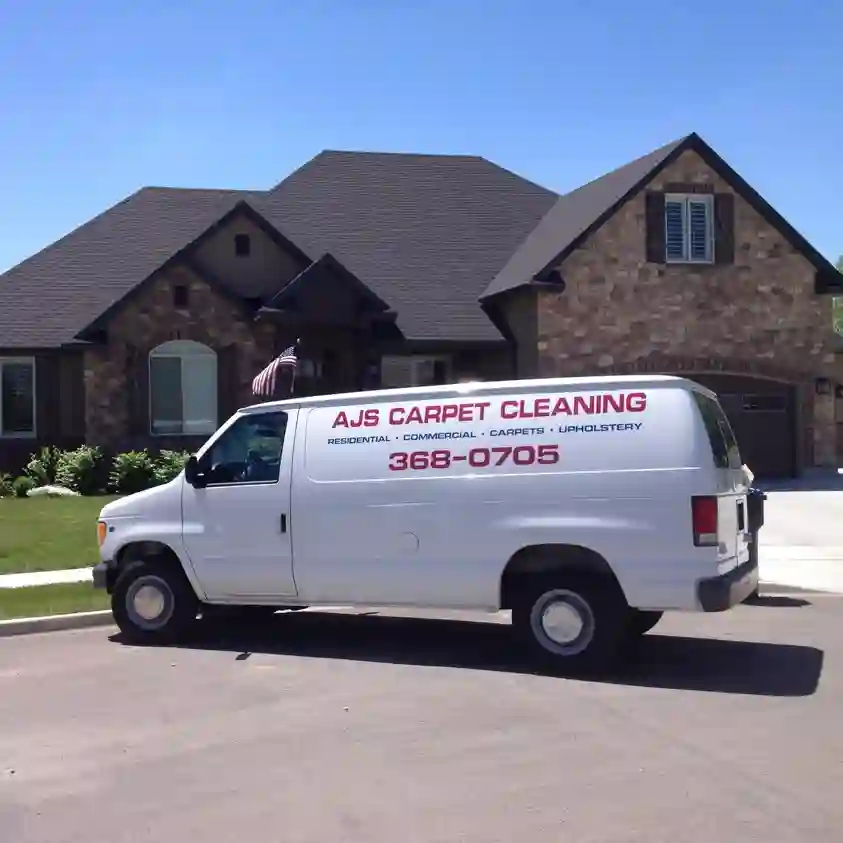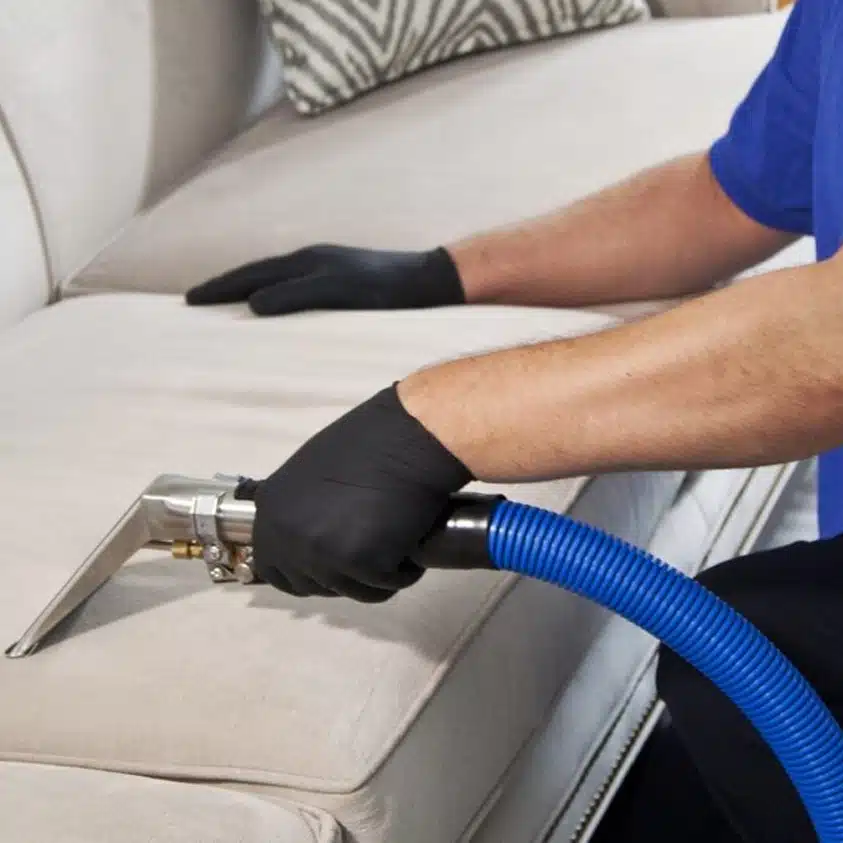The Flea Lifecycle: A Comprehensive Overview for Effective Infestation Control
The Four Stages of a Flea’s Life
The battle against flea infestations in homes and on pets requires a deep understanding of the flea lifecycle. This lifecycle comprises four distinct stages – egg, larva, pupa, and adult – each presenting unique challenges in the context of infestation control.
Ref: Silverman, J., & Appel, A. G. (1994). Adult cat flea (Siphonaptera: Pulicidae) movement in response to light and heat gradients. Environmental Entomology, 23(3), 726-730.
Egg Stage: The Beginning of the Cycle
Fleas start their lifecycle as eggs, which are typically laid on the host animal. These eggs are not sticky and can easily fall off the host into the environment, particularly into carpets, pet bedding, and upholstery.
The eggs are tiny, whitish, and hard to spot with the naked eye. They hatch into larvae within a few days under optimal conditions of warmth and humidity.
Larva Stage: The Hidden Threat
Flea larvae emerge from the eggs and immediately seek protection in dark, moist environments. They avoid light and burrow deep into carpet fibers or underneath furniture.
These larvae feed on organic debris, including adult flea feces (dried blood), which is crucial for their development.
The larval stage can last for several days to weeks, depending on environmental conditions.
Pupa Stage: The Resilient Cocoon
After fully developing, the larvae spin silk-like cocoons, entering the pupal stage. These cocoons are sticky and often become coated with debris, making them even harder to detect.
The pupa stage is the most resistant to extermination efforts. Pupae can lie dormant for weeks or even months, waiting for the right conditions (like the presence of a host) to emerge as adult fleas.
Adult Stage: The Emergence and Spread
Adult fleas emerge from the pupae and immediately seek a blood meal from a host, which is necessary for their survival and reproduction.
After feeding, adult fleas begin the reproduction cycle, laying eggs and perpetuating the infestation.





